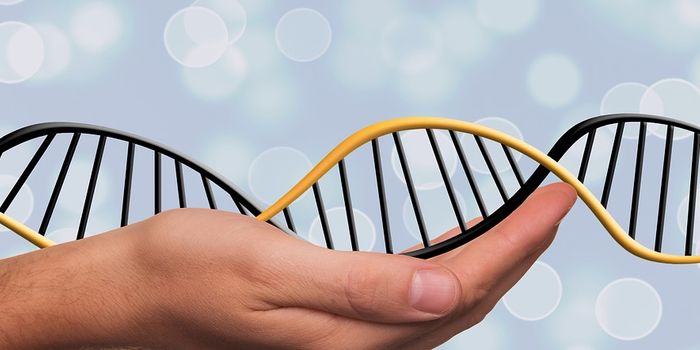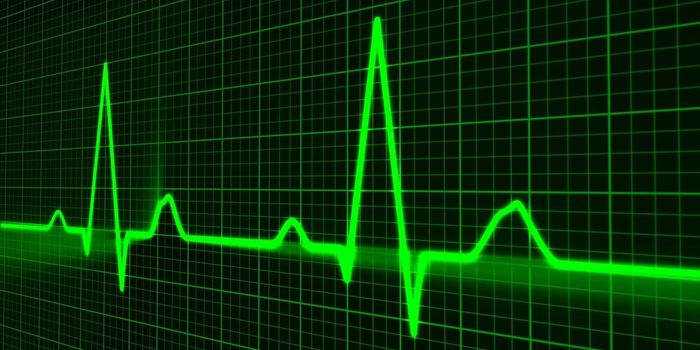Scientists have figured out a new way to predict some cardiac arrhythmias several steps before they occur.
The finding may lead to an improved cardiac device designed to detect when arrhythmias are about to occur and then act to prevent them.
For the new study, researchers focused on a potentially fatal form of arrhythmia occurring in a condition called the long QT syndrome, which runs in families. Patients who have this heart rhythm disorder can sometimes have heartbeats with an abnormal electrical pattern, called alternans, in which long and short heartbeats alternate with one another.
Once the alternans pattern occurs, it can be easy to detect, but the difficulty has been in figuring out how to predict it. To find the answer, researchers turned to math.
They took cells from the hearts of embryonic chickens and grew tiny clusters of cells that are able to beat on their own. Then they administered a drug to induce an abnormal heartbeat while using a camera to record how the heartbeat changed. “This experiment mimics the abnormal heartbeat patterns of patients with arrhythmia,” says Alvin Shrier, chair of physiology at McGill University.
The team was able to predict when the ball of cells was going to switch from a normal rhythm to these alternans. “There is a transition period in which the variability of the rhythm increases and the pattern gets messy,” Shrier says.
“Sometime after that transition, the alternans start. One interval is a little bit longer, and the next one is a little shorter, but with time the difference in the intervals increase and the pattern becomes very clear.”
Researchers designed a math function describing this messy transition that can be used to predict the alternans.
If further experiments confirm our results, we can imagine cardiac devices software could use a similar function to predict when a person’s heart is taking the first step towards alternans,” says main author and PhD candidate Thomas Quail. “This means a device could reset the heartbeat much earlier than current ones, avoiding a distressing experience for the patient and potential damage to the heart.”
The math problem researchers had to solve to get there is actually common to many fields: How does something following a pattern (for example, the electrical variations in a healthy heart) transition to another pattern (like the one of an abnormal heartbeat)?
“The work demonstrates the possibility for predicting what we call dynamical transitions. We did it for cardiac rhythms, but the math can also apply to predicting financial, ecological, and climactic transitions,” says Leon Glass, chair in cardiology and professor of physiology.
The Heart and Stroke Foundation of Canada, the Canadian Institutes of Health Research (CIHR), and the Natural Sciences and Engineering Research Council of Canada (NSERC) funded the work, which appears in the
Proceedings of the National Academy of Sciences (PNAS).
Source:
McGill University
This article was originally published on
Futurity.org.


















































